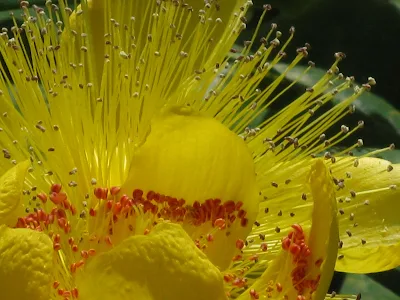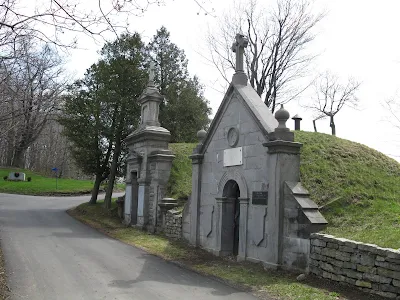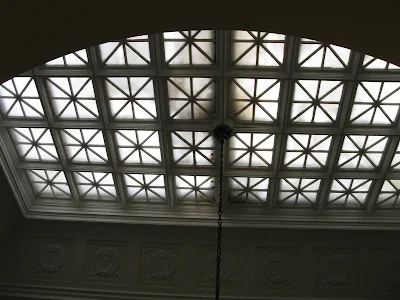Visits from Psyche1.
I dreamed of a girl driving
her old blue Volkswagen
through a deep pool,
water spraying up
on both sides of the Beetle.
When I complained
the car might stall
she threw the keys at my face.
I could feel them hit my glasses.
This was Psyche visiting me,
water the depth of dream and memory:
the old car this body,
a vehicle carrying me
through the streets of life;
the keys to open a lock,
a mystery to which I was blind,
even wearing glasses.
2.
Then came a second dream:
a ten foot tall brown bear
standing on its hind legs
trying to escape a backyard
confinement, one leg almost
over the top of the chain link fence.
I walk faster, afraid of the bear
attacking me. Then from behind
a frightened kangaroo appears,
emaciated and mangy-looking.
It is hopping in long strides,
fleeing from abuse.
Suddenly the owner arrives
to return the animal to captivity.
I tell him the kangaroo needs a vet
to heal his wounds.
The owner speaks only Russian,
his behaviour is intimidating.
I enter another yard
where a horse is tied down,
held on the ground by ropes.
As I stand looking
at the horse’s still body
I notice a single, large eye
move warily and look at me,
the horse unable to struggle,
legs bound by ropes and fear.
3.
The third night I dreamed
of a wooden tower,
half of it sealed off
for fifty years.
The nuns who use the tower
never enter the sealed-off side
but know it exists.
I go inside it,
find a few old desks
and chairs, the panelled walls,
windows that allow you
an obscured view
of the nun’s quarters.
Later, I stand outside
looking at the wooden tower.
It is in a Scandinavian country,
where the landscape is austere.
The tower stands alone.
In the distance is where I live,
in a grey, wooden house
that has not been painted
for many years,
it seems to be typical
of the places where people live
in these parts.




.JPG)















 No. 16 (Red, Brown, and Black) (1958)
No. 16 (Red, Brown, and Black) (1958)
 No. 3/ No. 13 (1949)
No. 3/ No. 13 (1949)
 No. 10 (1950)
No. 10 (1950) 








